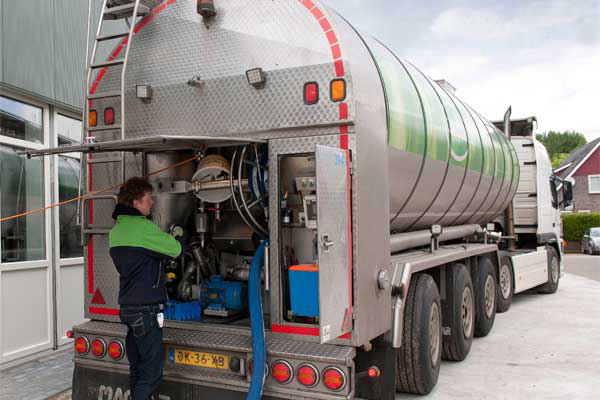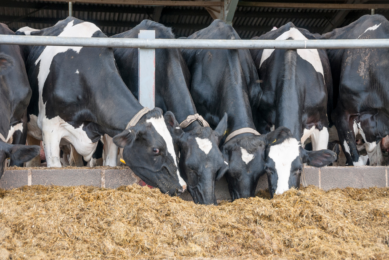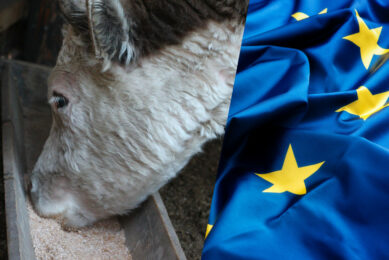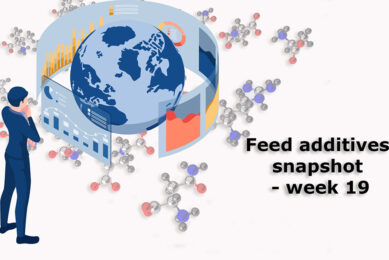Volatility in global milk and feed prices

Milk prices and feed prices are for dairy farmers and their farm profits the most important drivers. Using the standards developed by IFCN to illustrate how these prices have developed globally in the time frame 2006 – 2014 it is possible to illustrate the farm economic implications.
By Torsten Hemme, IFCN Dairy Research Center Kiel, Germany
Within the timespan the dataset was acquired, dairy farmers had some good times as well as crises. In the last year, from April 2013 until April 2014 most of the indicators on the world market were green and profits were generally good once dairy farmers had these prices. That said, history teaches us that milk prices and farm profits show a cyclical pattern.
Key findings
The level shift: In the last eight years there has been a milk price level shift from ca. US$24 towards a level of over US$40 / 100 kg milk or in US units $17 per CWT. In the same time period an even bigger price shift has happened for feed prices.
Volatility: With the level shift milk and feed prices have fluctuated +/- 50% around the mean which is creating a substantial risk for dairy farmers – especially those with high yield farming systems. This is illustrated in the margin over compound feed cost which is fluctuating +/- 50% or ca. US$17 +/- per 100 kg milk.
Bad times: In this eight year timespan two major dairy farm crisis have happened. In 2009 it was mainly driven by the extremely low milk prices where in 2012 it was much more driven by extremely high feed prices.
Good times: High dairy farm margins have been observed in the year 2007 when the first milk price highs were observed. This price peak was driven by a substantial shortage of milk world-wide and also the fact of psychology. No one was prepared for such a situation and there was panic among buyers to have enough material for their plants and customers. A similar good time, and for a longer time period, happened in April 2013 to April 2014. We had record milk prices and declining feed prices.
Perspectives: Good times for dairy farming result in a rise in production, producing a lot of extra milk will almost automatically lead to lower milk prices. Right now IFCN expects a cyclical downturn in milk prices and dairy farm economics which will then set the base for the next wave of good times. As a dairy farmer you can find the world milk and feed prices monthly updated on the IFCN website and via this you can be better prepared for the future.










